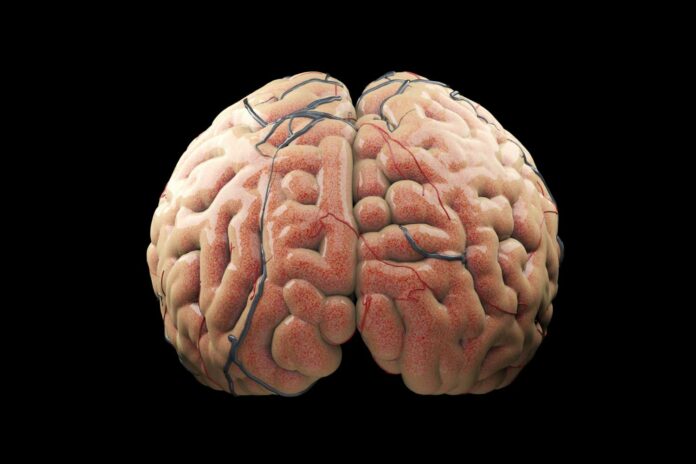A recent study from University of California Davis Health discovered that human brains are getting bigger. They found that people born in the 1970s have brains that are 6.6% larger in volume and nearly 15% larger in surface area compared to those born in the 1930s.
According to the researchers, this increase in brain size may indicate more brain reserve, reducing the likelihood of developing dementia as people age. The findings of the investigation were released in JAMA Neurology.
Charles DeCarli was the first author of the study. DeCarli, a distinguished professor of neurology and director of the UC Davis Alzheimer’s Disease Research Center, said, “The decade someone is born appears to impact brain size and potentially long-term brain health. “Genetics plays a major role in determining brain size. However, our findings indicate external influences — such as health, social, cultural, and educational factors — may also play a role.”
Researchers from UC Davis analyzed participants’ brain scans or magnetic resonance imaging (MRIs) in the Framingham Heart Study. This study, initiated in 1948 in Framingham, Massachusetts, aimed to understand heart and other disorders better. It started with 5,209 men and women between the ages of 30 and 62 and has gone on for 75 years, incorporating subsequent generations.
Between 1999 and 2019, MRIs were done on FHS participants born from the 1930s to the 1970s. The brain study involved 3,226 people (53% female, 47% male) with an average age of about 57 when they had the MRI.
The UC Davis study compared the MRIs of individuals born in the 1930s and 1970s. It was discovered that different brain regions gradually grew more prominent over time. The average brain volume (intracranial volume) increased from 1,234 milliliters for those born in the 1930s to 1,321 milliliters for those born in the 1970s, showing a 6.6% increase.
The study found that the brain’s surface area, a measure of its outer layer, increased even more over time. People born in the 1970s had an average surface area of 2,104 square centimeters, compared to 2,056 square centimeters for those born in the 1930s — nearly a 15% increase.
In addition, those born later had more significant brain regions, such as the hippocampus, which is crucial for memory, and the white and grey matter.
Larger brains may indicate a lesser likelihood of dementia. The aging population is increasing the number of cases of Alzheimer’s disease, although the proportion of those affected is decreasing. This might result from improvements in brain size and health over time.
DeCarli said, “Larger brain structures like those observed in our study may reflect improved brain development and health. A larger brain structure represents a larger brain reserve. It may buffer the late-life effects of age-related brain diseases like Alzheimer’s and related dementias.”
The study shows how important it is to know how brain size relates to the risk of dementia. People born more recently with bigger brains might have a lower risk of losing memory and thinking skills as they age. But we still need more research to understand why this happens and how we can help keep brains healthy to lower the risk of dementia.
Journal reference:
- Charles DeCarli, Pauline Maillardet al., Trends in Intracranial and Cerebral Volumes of Framingham Heart Study Participants Born 1930 to 1970. JAMA Neurology. DOI: 10.1001/jamaneurol.2024.0469.
